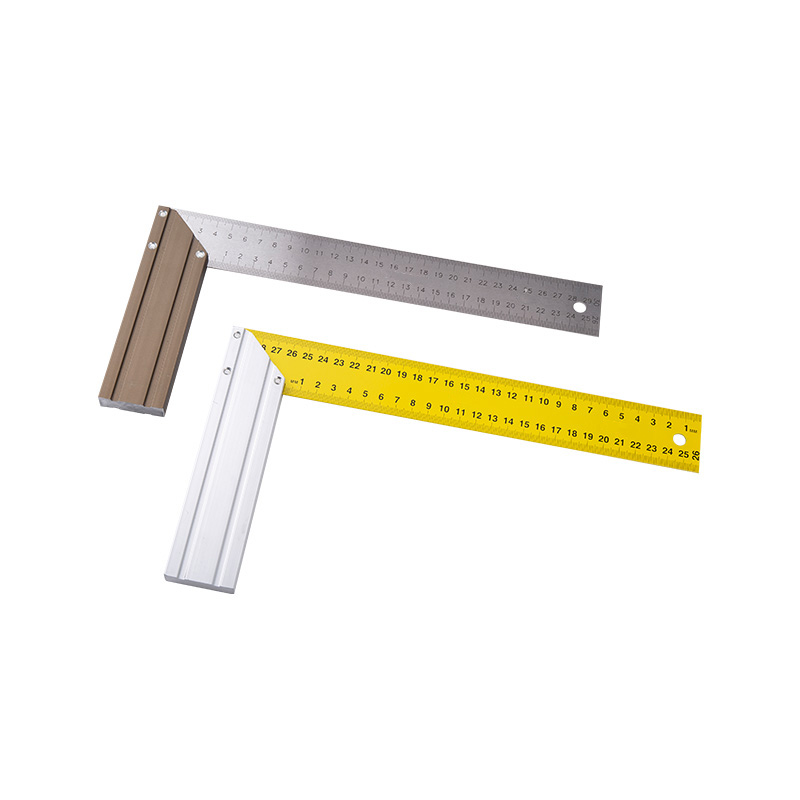Inspection and Calibration
Before using a combination square, it is essential to inspect it for any visible defects or damage. Check the squareness of the blade and ensure that it aligns perfectly with the head. Inspect the ruler markings for clarity and accuracy. If any issues are detected, consider replacing or repairing the square to maintain reliable measurements.
Calibration is another critical step in ensuring accuracy. Start by verifying the squareness of the blade against a known reference, such as a reliable square or machined surface. Make adjustments if necessary, following the manufacturer's instructions. Regular calibration will help maintain the square's accuracy over time.
Secure Blade Locking
The locking mechanism of a combination square is crucial for maintaining accuracy during measurements. Ensure that the locking screw or lever is tightened securely to prevent any movement or slippage of the blade. A loose lock can lead to inaccurate readings, compromising the precision of the tool.
Store and Handle with Care
Proper storage and handling of a combination square are essential to preserve its accuracy. Store the square in a protective case or a dedicated location where it is not susceptible to impact or distortion. Avoid dropping or mishandling the square, as this can affect its precision. Additionally, protect the blade from moisture and corrosion by keeping it clean and dry.
Regular Maintenance
Regular maintenance is key to ensuring the accuracy of a combination square. Clean the blade and head regularly using a soft cloth or mild solvent to remove dirt, debris, or rust that may interfere with measurements. Lubricate the moving parts and the locking mechanism with a light machine oil to ensure smooth operation. Inspect the ruler markings periodically, and if they become worn or illegible, consider replacing the blade or the entire square.
Verification and Cross-Checking
To further validate the accuracy of a combination square, it is advisable to perform occasional verification and cross-checking. Use the square on a known flat and square reference surface to confirm its alignment. Cross-check measurements with other reliable tools, such as digital calipers or other squares, to validate the readings. This practice provides additional confidence in the accuracy of the combination square.
Aluminium handle heavy-duty try square
1. Stainless steel etched blade or bright color blade
2. Aluminium natural color handle or Bronze oxidation handle
3. Inch or metric graduations


